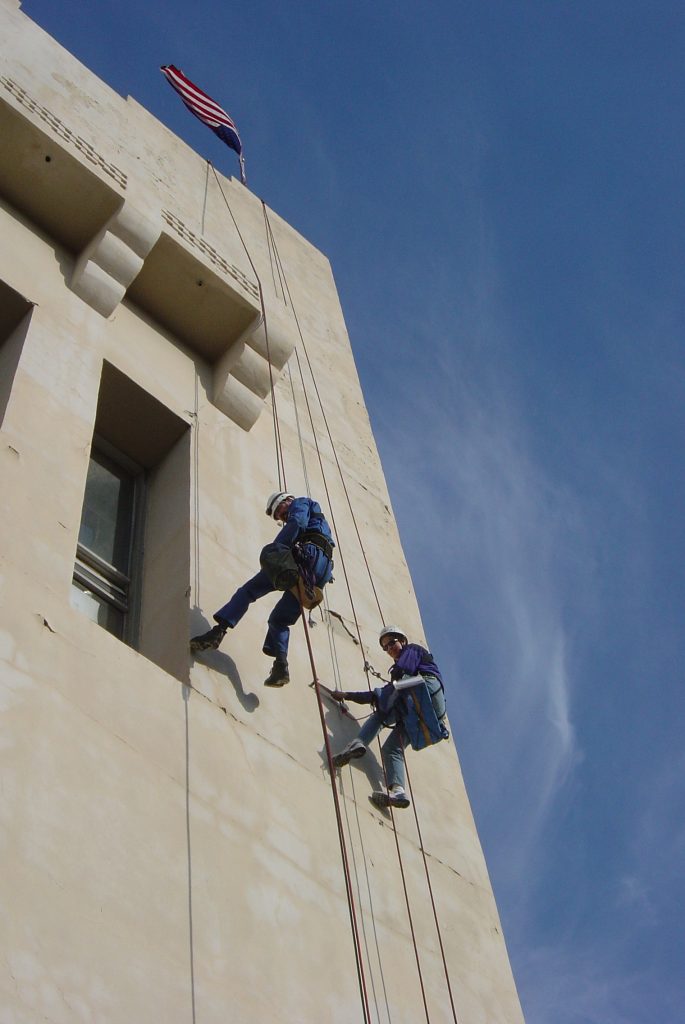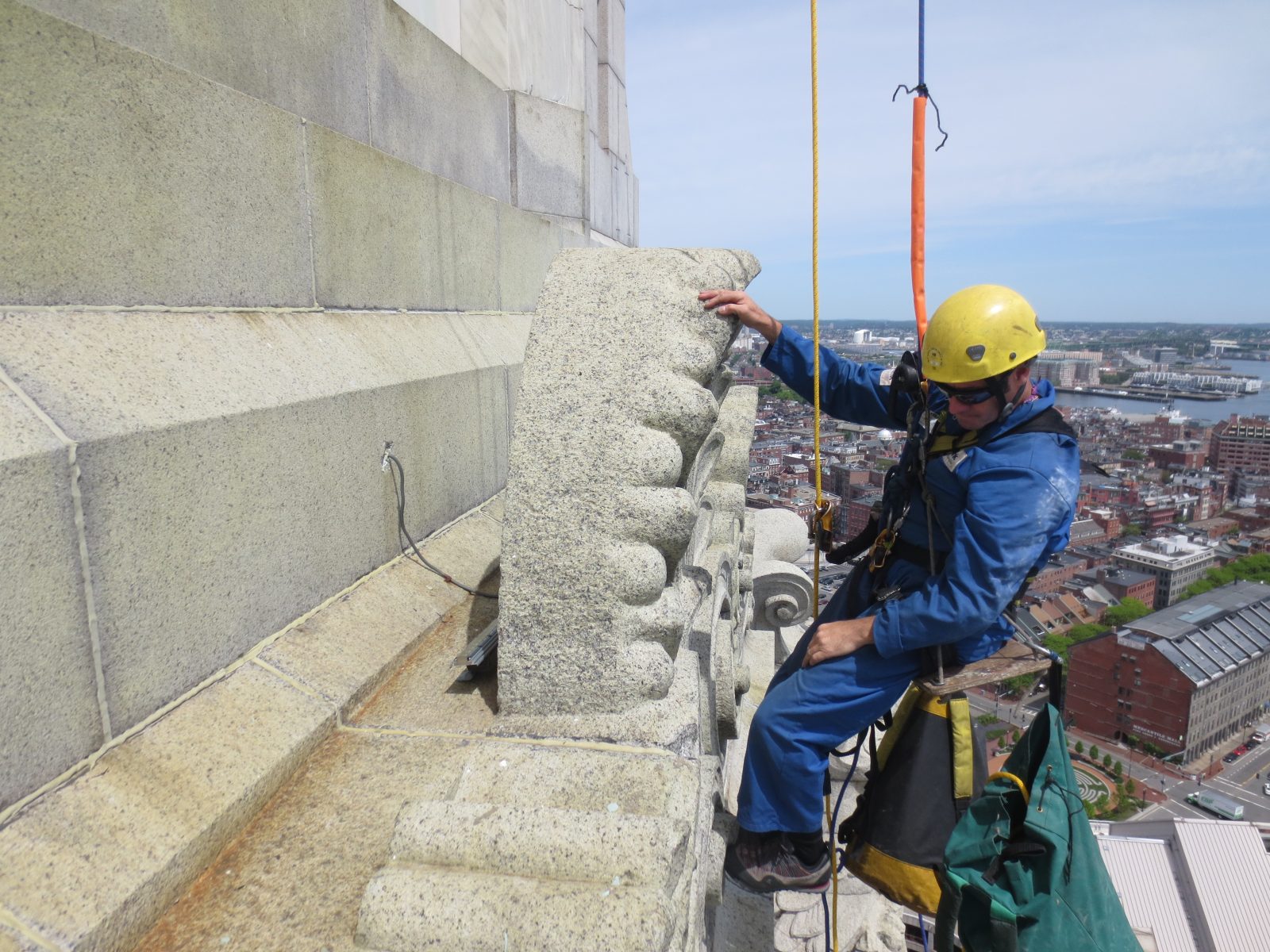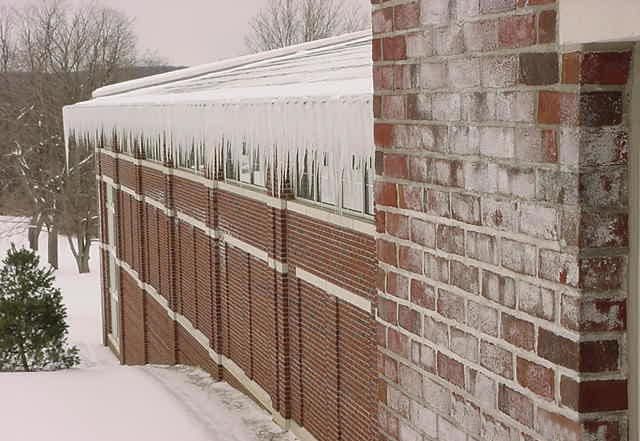Facade Inspection and Maintenance

A well-designed, constructed, and maintained building facade protects the building interior from water leakage, air infiltration, and energy loss. However, environmental exposure and time can degrade facade components. Facade deterioration can lead to a range of issues from compromised performance to potential falling hazards. Building owners and managers use findings from facade condition assessments to develop maintenance programs, plan for repairs and capital restoration projects, satisfy local facade inspection ordinances, and mitigate potential hazards.
IDENTIFYING DAMAGE AND DETERIORATION
Building owners and managers can often address facade deterioration with routine repairs, if they have identified the issues early, but unidentified deterioration can lead to major capital rehabilitation projects, possible falling hazards, and potential unsafe conditions.

Facade condition assessments provide valuable information building owners and managers can use to understand, maintain, and improve their facade performance.
PROACTIVE PLANNING
To better plan for necessary maintenance and repairs, building owners and managers can implement the recommended procedures below.
- Actively file all available facade construction, repair, and renovation drawings; previous reports; product warranties; and written history of repairs. These valuable resources identify the facade configuration, prior repairs, materials, and other relevant information.
- Require facility staff to complete an annual interior visual inspection to look for signs of water leakage, condensation, failing materials, or other signs of distress/deterioration.
- Conduct visual inspections of exterior facade conditions at established or required intervals. For buildings with simple facades, a visual survey from the ground or adjacent roofs may suffice. For tall or more ornate buildings, a hands-on survey may be necessary.
- Perform routine maintenance on systems as required to keep them in good working order. Required maintenance will be specific to each facade component or system.
- Maintain a list of building facade components, their installation date, and their service life expectancy. Budget for component repair or replacement and visually inspect components regularly after their service life expectancy to evaluate conditions and plan for future work.

FACADE ORDINANCES
As a result of several facade component failures in urban settings, many large cities, such as Boston, Chicago, New York, and San Francisco enacted facade inspection ordinances requiring regular inspections to maintain a certificate of occupancy. City ordinances may dictate the following:
- Professional registration requirements for the inspector
- Characteristics of buildings subject to the ordinance and those that are not
- Duration between inspections
- Procedures when unsafe conditions have been identified
- Time limits for owners to undertake repairs
- Requirements for historic structures
CONCLUSIONS
Facade condition assessments provide valuable information building owners and managers can use to understand, maintain, and improve their facade performance.

